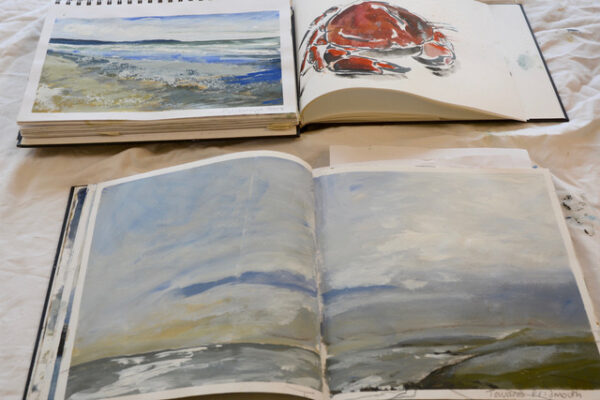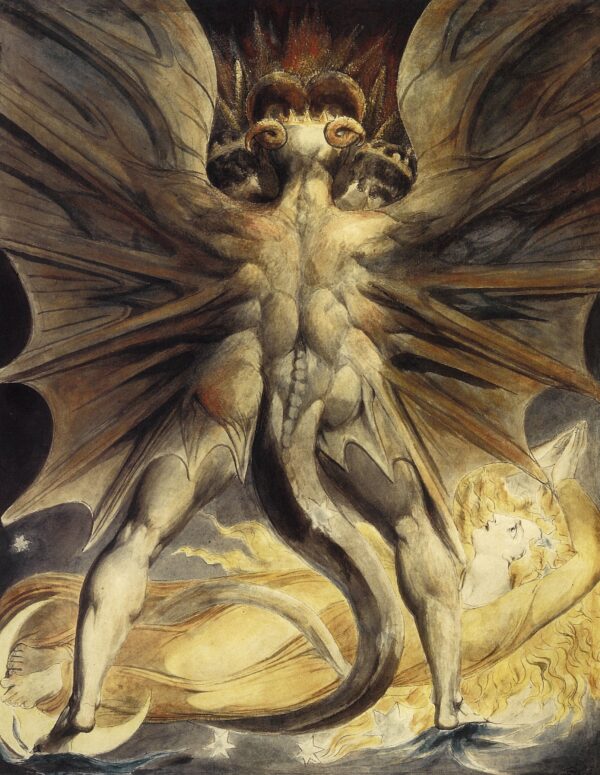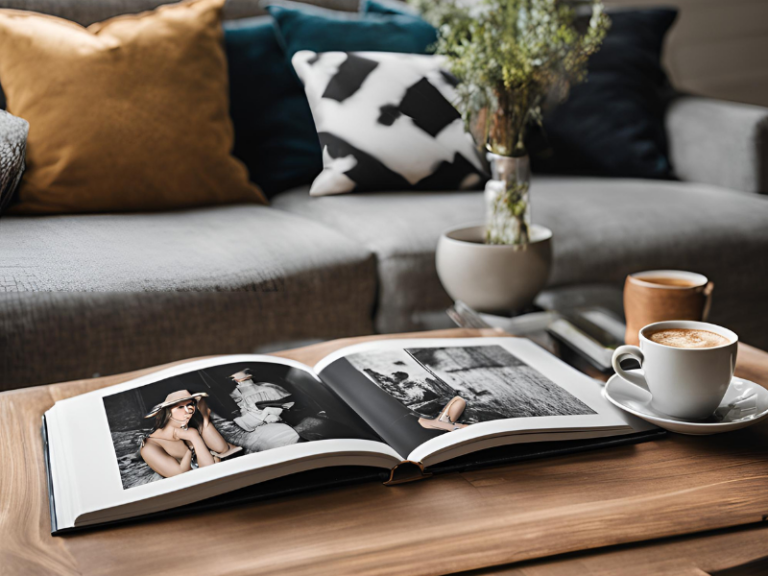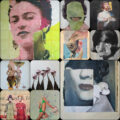An art book is not meant to collect dust on a bookshelf. It’s a piece of limited edition artwork that should be shown off, like a coffee table book.
Major artists and galleries have recognized that carefully curated books can be a major money earner, whether to accompany an exhibition or simply tell the story of a specific artist or valuable set of work.
What is an art book?
An art book is usually sold in a gallery or studio, has no barcode and features the work of an artist along a singular theme. The theme can be broad or very specific. One example is the great German-American artist Gerhard Richter who produced a single work September in response to the 9/11 attack on New York. The resulting book of the same name focuses on the experience of being in the city on that day.
What do artists include in art books?
Now the hard bit. Artists who have created photography books have typically had to whittle thousands of images down to a handful. For a painter creating an anthology, this will likely be less. And if the book is a concept book, the work will be created specifically for each step or page in the book.

Images
Some of the most famous art books are an anthology of photographs along a certain theme, they might be biographical or explore a certain subject. One of the earliest photography books was Robert Frank’s The Americans. Frank was one of the first photographers to earn the title of artist. His book presents a series of 83 images of black-and-white shots taken during travels across America in the 1950s.
Frank also produced the marvelous Zero Mostel Reads a Book. It is literally what it sounds like: photographs of the actor (best known for The Producers) reading a book in several unlikely poses.
Painters and illustrators may consider hand-illustrating or painting images in each book which means creating a very limited edition that will be more valuable. John Audubon’s The Birds of America (1827) is considered the world’s most expensive book (the most recent auction of an original copy went for $14 million) were all hand-colored. They catalog and display American birds, some of which are extinct.
The first few copies of William Blake’s Songs of Innocence and Experience (1789) were hand-illuminated (a term used to describe the decorative illustrative elements of a page).
Words
Some art books tell a story, and use images in support of a journey or a concept, with a short diary entry. Others limit the text to something akin to an artist statement you would find on a gallery wall.
Books like Masahisa Fukase’s Ravens offer no explanation, instead leaving the publisher to find a critic or expert to help the viewer interpret the images.
Real memory, which these pictures trigger, is an invocation of the color, smell, sound and physical presence, the density and flavor of life
– Nan Goldin, The Ballad of Sexual Dependency, foreword, 2012 reissue.
Practical elements of an art book
Once you’ve decided on the contents, it’s time to consider the practical elements of producing an art book.
Layout
For an art book, the layout is the same as curating work on a gallery wall. Consider which image comes first, and what sits next to what. If you are combining images and text, always place the image on the right-hand page. This makes it easier to view the picture in full. And remember, the white space in your art book is like the white walls of a gallery.
Publishing and printing
Most highly prized art books are published and printed by specialist publishers or through galleries. If you are self-publishing your art books, you will need to go down a similar route to get high-quality print. Don’t be tempted by software programs, such as Apple Books for Authors (although it could be a good practice version). You should consider the paper you use. Its weight needs to be heavy enough that the images from the other side of the page doesn’t bleed, whether you want gloss or matte, and the shape of the book. Art books are most often square or landscape in shape.
Ideas for art books
Like a concept album, an art book works best when it is exploring a single theme. For plein air painters, this might be exploring a specific geographical area.
A day in the life: this might be landscape, wildlife or even capture a specific event in several ways.
Many of the examples here are from art photographers. Arguably, photography lends itself to books better than any other medium as it is prints on paper, the same as a book.
Often the books created by art photographers become their seminal work. Each page is curated by the artist like a gallery exhibition.
Nan Goldin’s The Ballad of Sexual Dependency
Trained as a fine artist at the School of the Museum of Fine Arts in Boston, Goldin works in photography. The Ballad of Sexual Dependency is described as a visual diary — a curated collection of images taken from her life and that of the young people around her during the 1970s, many of them hard to look at. Her photographic work has fetched up to $284,500 at auction.
Goldin’s work has been the subject of more than one major exhibition, including at the Museum of Modern Art in New York.
Masahisa Fukase’s Ravens
In Japanese mythology these black birds are harbingers of luck. It was first published in 1986, and two limited edition print runs sold out in minutes.
Larry Clark’s Tulsa
Tulsa is another difficult-to-look-at concept book featuring the disenfranchised young people he grew up with. This book is interesting as the photographer offers a sentence for each book which is both title and a part of the work itself.

William Blake’s Songs of Innocence and Experience (1789)
Now well into its third century, this two-part book combines watercolors by the artist alongside his poems. The first few copies of the work were printed and illuminated (decorated and illustrated) by Blake himself (one of these original books sold for just under $1 million at auction in 2001). In 1789, five years later, he bound these poems with a set of new poems Songs of Innocence and of Experience: Shewing the Two Contrary States of the Human Soul.
Georgia O’Keeffe’s Watercolors (1916-1918)
Watercolors is a beautiful book from the mother of modernism playing with watercolors during a two-year stint in Texas. The paintings are different from her better known florals, and feature landscapes and figurative paintings of her own body.







